This article was co-authored by Laura Marusinec, MD. Dr. Marusinec is a board certified Pediatrician at the Children's Hospital of Wisconsin, where she is on the Clinical Practice Council. She received her M.D. from the Medical College of Wisconsin School of Medicine in 1995 and completed her residency at the Medical College of Wisconsin in Pediatrics in 1998. She is a member of the American Medical Writers Association and the Society for Pediatric Urgent Care.
There are 10 references cited in this article, which can be found at the bottom of the page.
This article has been viewed 22,509 times.
Cradle cap, also known as seborrheic dermatitis, is a baby dandruff condition that produces dry, yellow, flaky patches of skin on your baby’s head. The exact cause of cradle cap is unknown, but is thought to be caused by hormones that pass from the mother to baby in the womb, causing too much sebum oil to be produced.[1] However, a normal skin fungus or yeast may also contribute to cradle cap. While cradle cap isn't always preventable, it usually goes away on its own within a couple months. And, there are things you can do to help.
Steps
Using Common Preventative Measures
-
1Purchase a mild shampoo safe for your baby. Using a mild baby shampoo is always best for your baby, unless your doctor recommends something different. Pick one that is labeled for babies and says "mild" or "gentle" on it.[2]
-
2Wash your baby’s hair once every two or three days. Cradle cap is not directly caused by allergies or not bathing your child properly. However, washing your baby's hair every few days can help prevent your child from developing it.[3]
- Up until your baby's umbilical cord falls off, consider just giving him or her sponge baths rather than full baths.
- Once the umbilical cord falls off at two to three weeks, you can give your baby a full bath.
Advertisement -
3Keep your baby's head dry. Some suspect that sweating can lead to cradle cap. Therefore, if it's not cold out, try to keep warm hats off your baby. If you notice your baby is sweating, take her or his cap off and gently wipe off any sweat.[4]
-
4Rub your baby's head every day. Once a day, massage your baby's head gently with your fingers. You can also use a soft-bristled baby brush to achieve the same effect. The idea is the increase in circulation can decrease the chances of your baby getting cradle cap.[5]
-
5Work on the scales. Once your baby gets cradle cap, one way to help prevent it in the future is to work on the scales. That is, when your rubbing your baby's head or washing it, try to gently work the scales loose.
- Do not try to peel scales off with a fingernail. Just try to gently loosen any ones that are already coming off by rubbing them with your fingers in or out of the bath or gently use a soft brush on the scales.[6] You can also use a warm wet washcloth.
- Once your baby gets cradle cap, your doctor may recommend some more aggressive treatments, such a hydrocortisone cream or an anti-fungal shampoo typically used for adult dandruff.
-
6Use mineral oil or petroleum jelly. Another way to help loosen scales is to use mineral oil or petroleum jelly. Simply rub a bit on the baby's head and let it soak in as long as it needs to. This may take anywhere from a few minutes to a few hours. After that, brush and wash your baby's hair.[7]
Giving Your Baby a Regular Bath or a Sponge Bath
-
1Work in a warm room with warm water. The room shouldn't be cold enough that it gives your baby shivers. Also, the water should be comfortably warm, but not too warm. Test it on the inside of your arm to make sure it's comfortable.[8]
-
2Make sure you're ready. You should have all the supplies you need at hand. In fact, make sure they are within reach so you don't have to step away from your baby. Plus, you should take off any jewellery you don't want to get wet or that could scratch your baby.[9]
- For a sponge bath, you'll need a flat surface in a warm area, along with something for your baby to lay on, such as clean towel or blanket. You'll also need a basin or sink to hold the warm water, along with all the supplies you'll need for a regular bath, minus the bathtub.
- For a regular bath, you'll need a place where you can bathe your baby, such as a baby bathtub or even a sink with a washcloth in the bottom. You'll also need a washcloth, mild soap, mild baby shampoo, and a towel.[10]
- Don't forget the clean diaper and clean clothes.
-
3Stay with your baby at all times. It is never safe to leave a baby alone in a bathtub or on a flat surface like a counter. Make sure you are always right there, and if you are giving a bath to a baby on a counter, make sure you keep a hand on your baby at all times.[11]
- It only takes an inch of water to drown a baby, and it can happen in under a minute.
- If you're giving a sponge bath, the baby could easily roll off the counter, injuring him- or herself.
-
4Place your baby down. If you're doing a sponge bath, place your baby on his or her back on the flat surface.[12] If you're using a tub, undress your baby, then gently lay your baby down in the water on his or her back, putting your baby in feet first.[13]
- Make sure you keep your baby warm by pouring water over him or her throughout bath time, if your baby is in a bathtub.
- For a sponge bath, you don't need to completely undress the baby because you'll only show what needs washing at the moment.
-
5Wash your baby. Start with the face, rinsing it with clean water only. Move on to the scalp. Use a little baby shampoo in your washcloth or hand, and gently rub it into the scalp. Use water to rinse it out, or ring out the washcloth with clean water. Rub it over the scalp to clean off the shampoo.[14]
- Use a mild soap to wash the rest of your baby's body. For a boy, gently wash all around the penis without lifting the flap of skin. For a girl, wash from front to back without parting the vaginal lips.[15]
- Rinse off any soap with a clean washcloth and water.
-
6Make sure your baby's scalp is clean. At the end of the bath, make sure you've washed all the soap off the scalp by running your hand over your baby's head. Leaving soap on can cause dryness, which in turn may contribute to cradle cap.[16]
-
7Dry off your baby. At the end, use a towel to gently pat your baby dry. Make sure the scalp is dry. You can apply a baby lotion if his or her skin appears dry. Put your baby in a fresh diaper and fresh clothes.[17]
- As you lift your baby out, be sure to have one hand supporting his or her neck and the other under his or her bottom, as you wrap your fingers around the baby's thigh so you don't lose your grip.
Warnings
- Avoid washing your baby’s hair daily, since daily shampooing can increase the risk for irritation on your baby’s scalp. Stick to shampooing your baby’s hair every two or three days to lower the risk for cradle cap.⧼thumbs_response⧽
References
- ↑ https://raisingchildren.net.au/newborns/health-daily-care/health-concerns/cradle-cap
- ↑ https://kidshealth.org/en/parents/cradle-cap.html
- ↑ https://www.seattlechildrens.org/conditions/a-z/cradle-cap/
- ↑ http://www.whattoexpect.com/first-year/baby-care/baby-skin-care/cradle-cap.aspx
- ↑ http://www.parenting.com/article/5-cradle-cap-prevention-tips
- ↑ https://raisingchildren.net.au/newborns/health-daily-care/health-concerns/cradle-cap
- ↑ https://kidshealth.org/en/parents/cradle-cap.html
- ↑ http://www.ncbi.nlm.nih.gov/pmc/articles/PMC2528704/
- ↑ http://www.ncbi.nlm.nih.gov/pmc/articles/PMC2528704/
- ↑ https://raisingchildren.net.au/babies/health-daily-care/hygiene-keeping-clean/baby-bath-time
- ↑ http://www.babycenter.com/0_bathing-your-newborn_1198068.bc
- ↑ http://www.ncbi.nlm.nih.gov/pmc/articles/PMC2528704/
- ↑ http://www.babycenter.com/0_bathing-your-newborn_1198068.bc
- ↑ http://www.babycenter.com/0_bathing-your-newborn_1198068.bc
- ↑ http://www.ncbi.nlm.nih.gov/pmc/articles/PMC2528704/
- ↑ http://www.parenting.com/article/5-cradle-cap-prevention-tips
- ↑ http://www.ncbi.nlm.nih.gov/pmc/articles/PMC2528704/
About This Article
While it’s not clear what exactly causes cradle cap, it’s possible that a normal skin fungus or yeast can contribute to this dandruff condition. To help prevent your baby from getting cradle cap, wash their hair with mild, baby-safe shampoo once every 2 to 3 days. As an extra measure, rub your baby’s head with your fingers or a soft-bristled baby brush once a day to increase circulation and decrease the chances of cradle cap. Since sweating can possibly lead to cradle cap, don’t put a warm hat on your baby unless it’s cold out so their head doesn’t sweat. If your baby is wearing a cap and you notice that they’re sweating, take their hat off and wipe away any sweat. For more advice from our Medical co-author, including how to gently rub away cradle cap scales from your baby’s head, read on!
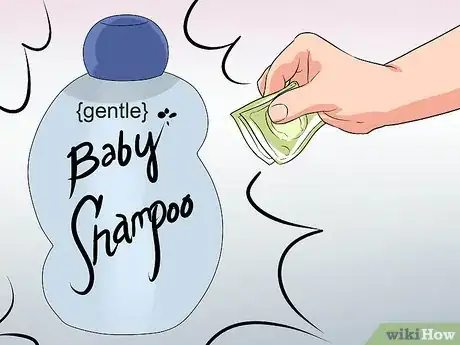
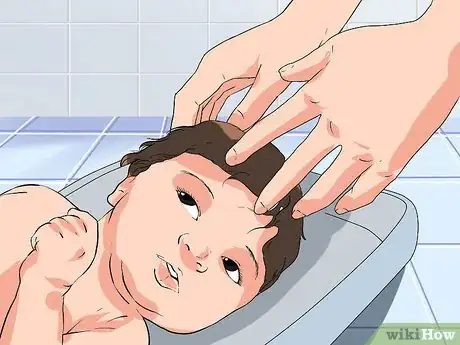
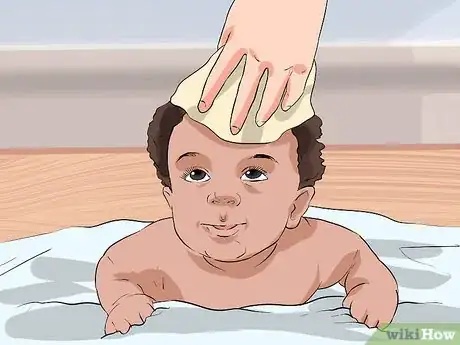
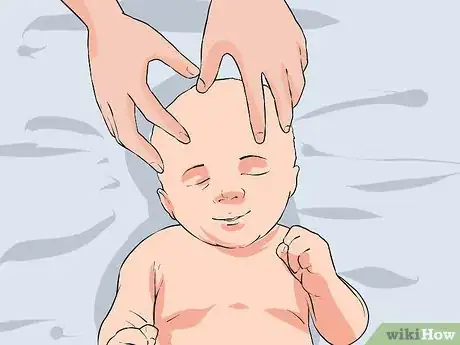
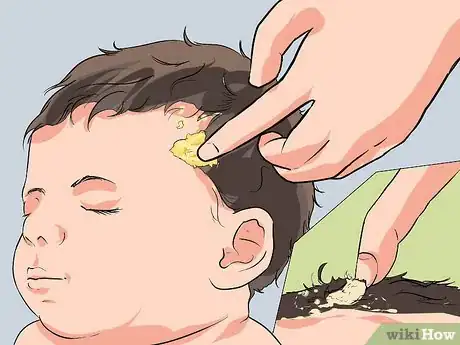

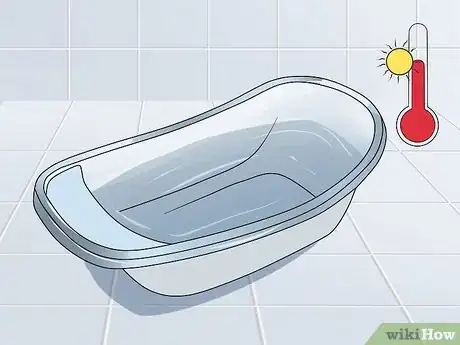
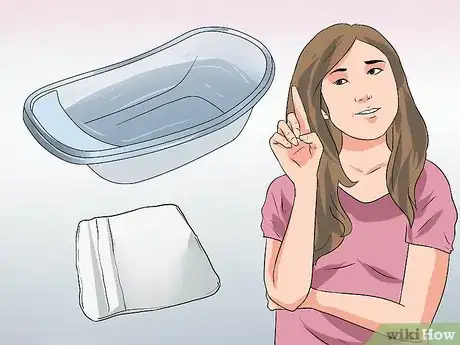
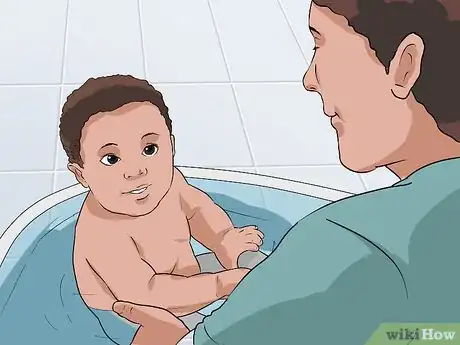
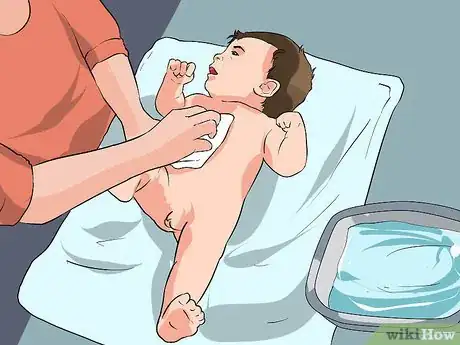
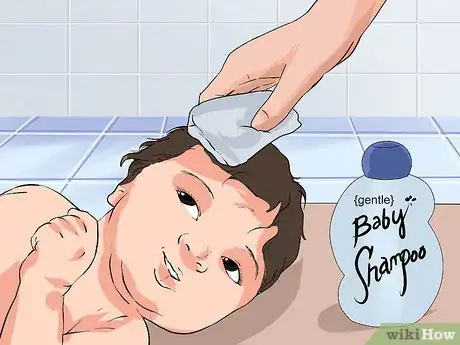
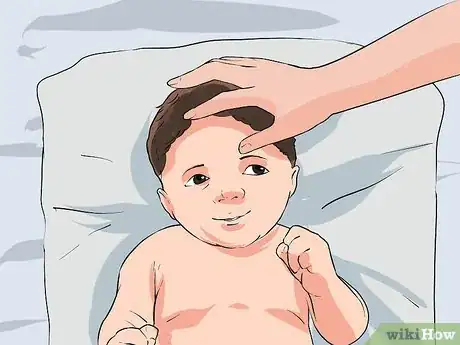


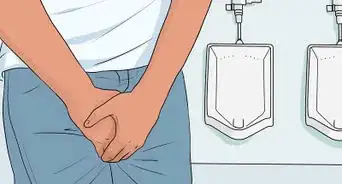


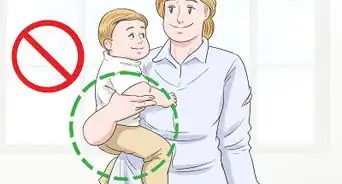



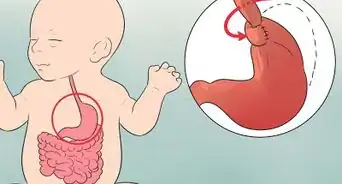
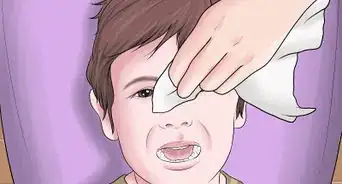
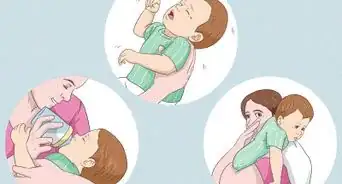

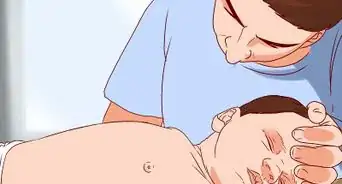









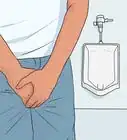
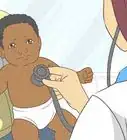
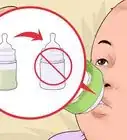



































Medical Disclaimer
The content of this article is not intended to be a substitute for professional medical advice, examination, diagnosis, or treatment. You should always contact your doctor or other qualified healthcare professional before starting, changing, or stopping any kind of health treatment.
Read More...